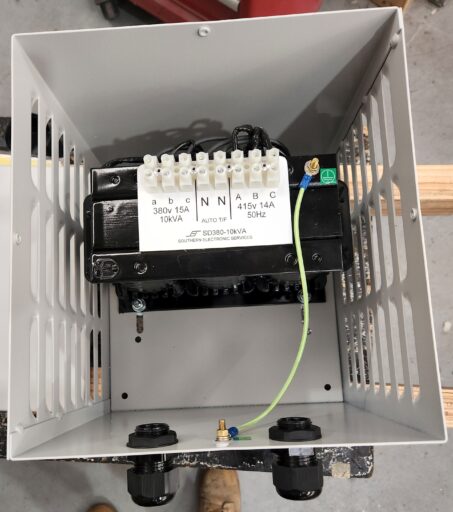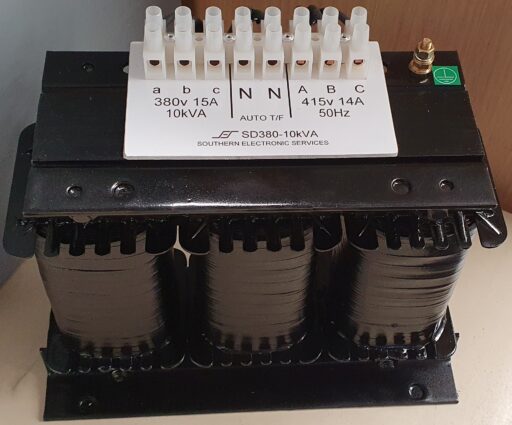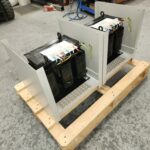Electric transformers play a vital role in powering various electrical devices and appliances, but choosing the wrong one can have serious consequences.
In this blog post, we will discuss some of the key factors that you should consider when choosing an electric transformer. By the end of this post, you’ll have a better understanding of what to look out for when making your final decision.
Understanding Your Power Needs
Before choosing an electric transformer, it’s important to understand your power needs. This includes determining the amount of power required to operate your electrical devices and appliances. To determine your power needs, you will need to know the voltage, frequency, and current requirements of your devices.
Different types of electric transformers are available to meet a variety of power needs. The most common types include step-up transformers, step-down transformers, isolation transformers, and autotransformers. Each of these types has its own unique functions and applications.
Some common applications of electric transformers include:
- Power distribution: Electric transformers are used to step up or step down voltage levels for efficient distribution of electrical power over long distances.
- Voltage regulation: Transformers can be used to regulate voltage levels and stabilize the power supply to electrical devices, preventing damage from overvoltage or undervoltage.
- Electrical isolation: Isolation transformers provide a safe and separate electrical supply by isolating the input and output circuits.
- Industrial machinery: Transformers are often used in industrial applications to power heavy machinery, providing the necessary power and control to run the equipment.
Understanding your power needs and the different types of electric transformers available is essential to choosing the right transformer for your application.
Factors to Consider When Choosing an Electric Transformer
When selecting an electric transformer, it’s essential to consider several factors to ensure it’s the right fit for your power needs. Here are some crucial factors to consider:
1) Voltage Requirements:
One of the primary factors to consider is the voltage requirements of your application. You need to ensure that the electric transformer can handle the required voltage, whether it is stepping up or stepping down the voltage.
2) Frequency Requirements:
The frequency requirements of your application are another critical consideration. Most electric transformers operate at a fixed frequency, and selecting the wrong frequency can cause severe damage to your electrical devices.
3) Current Requirements:
Current requirements refer to the amount of current your application requires. You need to ensure that the electric transformer can handle the current and deliver it efficiently to your devices.
4) Efficiency:
Another crucial factor to consider is the efficiency of the electric transformer. It’s important to select an efficient transformer to minimize energy loss and save on your electricity bills.
5) Size and Weight:
The size and weight of the transformer are also critical considerations. You need to ensure that the transformer fits the available space and can be easily moved or installed.
4) Temperature Range:
The temperature range refers to the maximum and minimum temperatures at which the transformer can operate. It’s important to select a transformer that can handle the temperature range of your application to avoid any damage or malfunction.
5) Noise Level:
The noise level of the transformer is also an important consideration, especially if it’s located in a residential or office area.
6) Cost:
Transformers vary in price depending on the power rating and other features. It’s important to select a transformer that meets all your requirements while providing the best value for your budget.
Types of Electric Transformers
When it comes to electric transformers, there are several types to choose from. Each type has its own unique characteristics and applications. Here are some of the most common types of electric transformers:
- Step-up transformers: These transformers increase the voltage of the electrical power they receive, making them ideal for long-distance power transmission and distribution.
- Step-down transformers: In contrast to step-up transformers, step-down transformers decrease the voltage of the electrical power they receive. They are commonly used to power household appliances and electronics.
- Isolation transformers: These transformers are designed to isolate the electrical device or appliance from the power source. They help protect against electrical shocks and electromagnetic interference.
- Autotransformers: Autotransformers use a single winding to step up or step down the voltage. They are smaller and more efficient than traditional transformers.
- Three-phase transformers: Three-phase transformers are used in industrial and commercial applications to power three-phase electrical systems.
- Other types of electric transformers: There are several other types of electric transformers, including resonant transformers, flyback transformers, and pulse transformers. These transformers have unique characteristics and applications that make them ideal for specific power needs.
When choosing an electric transformer, it’s important to understand the different types and their functions. This will help you make an informed decision and choose the right transformer for your specific power needs.
Why Choose Southern Electronic Services?
Southern Electronic Services has been providing electric transformer solutions for more than five decades. Our team of experts is dedicated to helping customers decide on the ideal electric transformer for their unique needs and custom-building their chosen electric transformer to the highest standards of quality.
Conclusion
Choosing the right electric transformer is essential for ensuring the safe and efficient operation of your electrical devices and appliances. When selecting an electric transformer, it’s important to consider factors such as voltage, frequency, current, efficiency, size, temperature range, noise level, and cost.
At Southern Electronics, we offer a wide selection of electric transformers to meet your specific power needs. Our experienced staff can help you find the right electric transformer for your application and provide safe and professional installation services. Contact us today to learn more about our electric transformer solutions.
Next Post
Auto Transformer vs. Isolation Transformer: Which Should You Choose?
February 10, 2023Other News
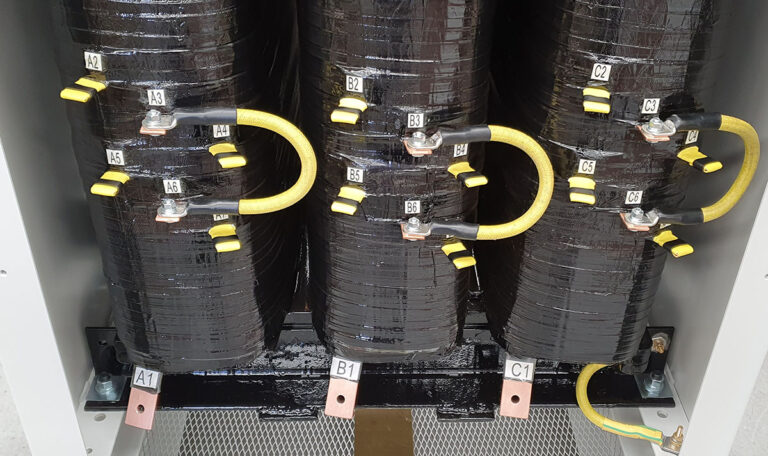
The Role of Isolation Transformers in Data Centers
Safeguarding Data Integrity: The Role of Isolation Transformers in Data Centers In the intricate web of modern technology, data centers stand as the formidable fortresses guarding our digital world. They are the nerve centers of our interconnected society, where terabytes of information flow ceaselessly. Within these behemoths of computing power, every bit and byte is…
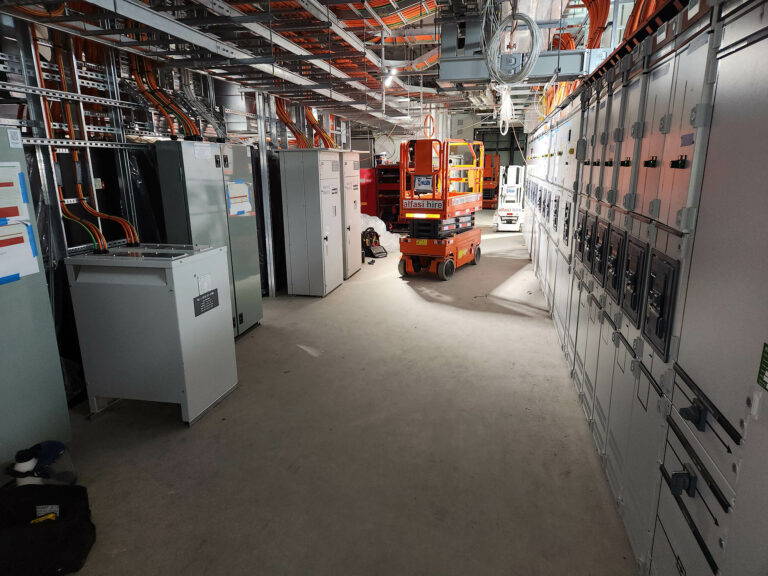
Microsoft Data Centers & SES transformers
Microsoft Data Centers & SES transformers Microsoft has begun its $5 billion infrastructure investment in Australia. The project encompasses building hyperscale data centres around Melbourne, Canberra and Sydney, and is designed to accomplish three main objectives: To expand its hyper-scale cloud computing and storage in Australia, and help the nation seize the artificial intelligence (AI)…

